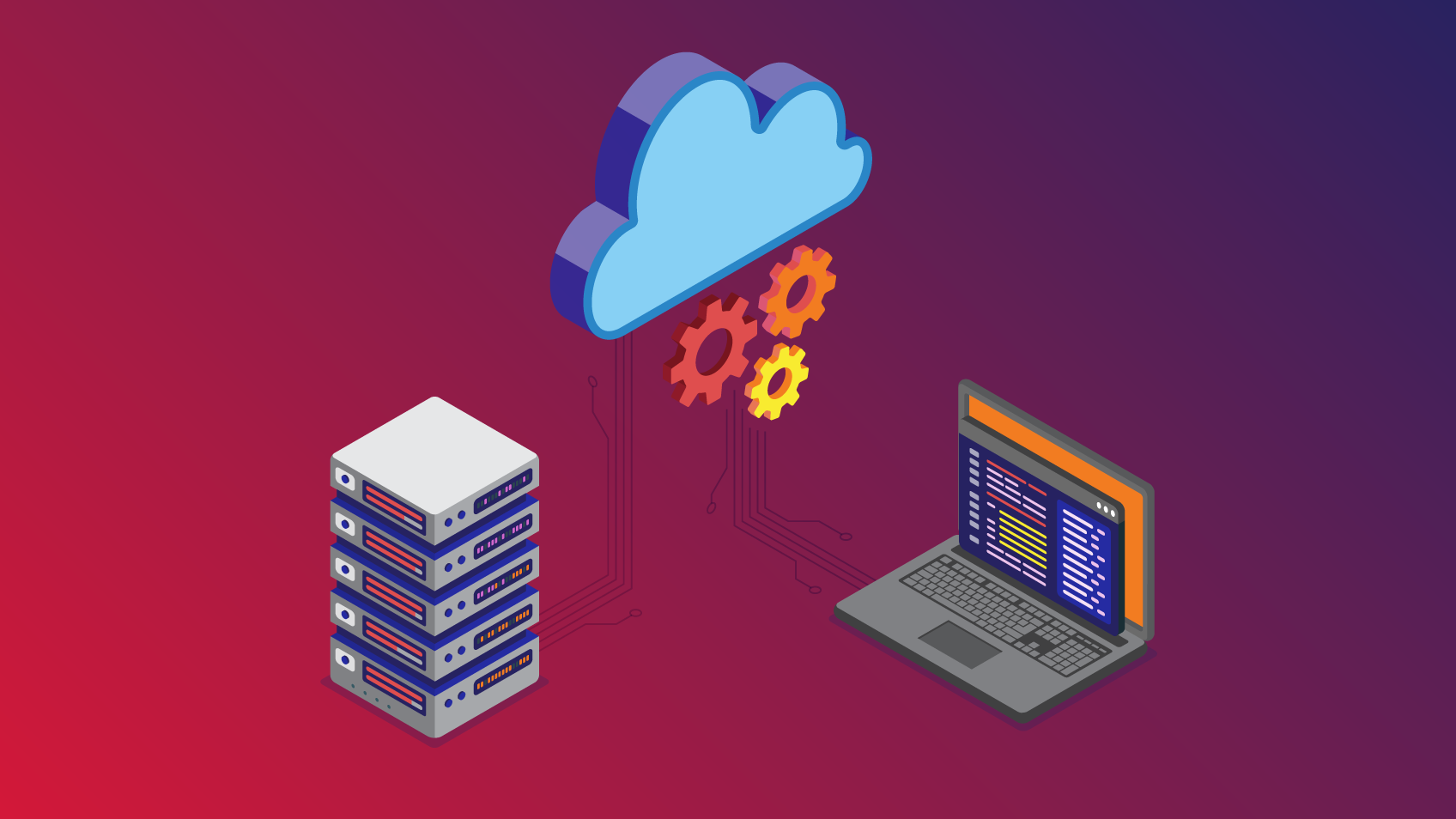5 SECONDS SUMMARY:
- A API-first strategy tends to foster the development of a more valuable product;
- A cloud-first strategy helps simplify the operationalisation of the organisation’s day-to-day business.
In today’s world, it is unlikely that anyone does not know the term “API”, which stands for Application Programming Interface. All interaction between software is mediated by these atomic elements, which are fundamental for promoting organisational value.
However, the concept of API has evolved over time, now encompassing a set of different assumptions inherent in the technological context of the present:
- Initially emerged as a means of abstracting the complexity of accessing data;
- Helps promote the adoption of best practices and reuse in software design;
- Fosters communication between distributed systems and over the internet;
- Simplifies the challenge with its uncomplicated, high-performance approach.
Despite the temporal evolution of the term API, its greatest strength still lies in its origin.
API-First
Traditionally, the approach to software implementation is derived from a bottom-up perspective, where technical requirements and needs are defined, and an interface is designed to respond to them for the consumption of third parties. Although this approach is not necessarily wrong, it focuses more on the technical solution implemented than everyday organisational operations.
The API-first strategy arises from the requirement to better respond to business needs. By making the API – the interface – the fundamental unit of development (a first-class citizen), the software design becomes intimately linked to the business’s needs, focusing on the response it provides to the real problem that needs to be solved and opening the door for other stakeholders (business analysts and users) to interact more actively and consciously in this process.
By focusing on the API and its fundamental purpose of abstracting the technical idiosyncrasies from the provider to the consumer, we obtain multiple benefits:
- Business focus – by breaking down the concern around the details of implementation, we shift the focus from technological solutions to business functions.
- Reusability – when we reuse simpler functions, the composition and orchestration of more complex business functions is encouraged.
- Scalability – the implementation of well-defined functions facilitates solution scalability and greater permeability to contextual changes.
- Higher quality with less effort – through reuse, delivery quality is increased, and the effort of implementation is reduced.
- Time-to-market – greater speed and better quality mean faster, more assertive responses to opportunities and threats in the organisation’s business operations.
This approach tends to result in more balanced digital products to meet the organisation’s objectives, extracting greater value and benefit from the technological solutions implemented.
Cloud-First
All organisations have different realities, needs, obligations and requirements, which demand continuously scalable and adaptable architectures. In a perfect scenario, organisations would always benefit from a complete transition to the cloud, but the reality is that a pure cloud vision does not always respond in the best way to the demands and constraints of each organisation. However, it is relevant to understand the role and importance of the cloud in addressing many of the challenges, and this is why a cloud-first approach – considering the cloud as the first development option – should be adopted.
Some of the benefits of adopting a cloud model are:
- Resilience and elasticity: By taking advantage of new technologies and system architectures, cloud services offer various redundancy and elasticity mechanisms according to the organisation’s needs, removing the excess cost of unused infrastructure and the headache of maintaining infrastructure during periods of higher activity (whether expected or not).
- Fair cost: In cloud architecture, there is no upfront investment, and only the services effectively consumed are charged (pay-per-use model).
- Lower maintenance responsibility and effort: Infrastructure management and maintenance are no longer the organisation’s responsibility but rather the cloud vendor’s responsibility. To apply updates and upgrades to operating systems, services and applications (depending on the cloud model adopted).
- Lower maintenance effort: The cloud infrastructure is designed for management simplification, promoting automation and providing various out-of-the-box functionalities for resource and service control and monitoring.
- Greater security: Although many organisations confuse control with security, the truth is that cloud vendors have a security-focused operation. Given the criticality and scope of their services, they have internal processes based on security-by-design principles certified by various global entities. It is important to note, however, that security is always a shared responsibility because it is always the organisations that determine the rules of who accesses and how information is accessed (having a fortified door is of little use if we leave it unlocked).
- Greater performance: The resources and services available in the cloud are optimised for the functions and tasks they are intended for, so it is expected that they will tend to present better overall performance. This is, however, a potential benefit in that it will always depend on the physical location of the resources involved, network circuit bandwidths, and the design and constraints of the solution itself.
By defining a cloud-first strategy, we are thus considering the fastest and most efficient path for delivering digital solutions for everyday business. In this cloud environment, taking advantage of all the capabilities and potentialities offered natively, APIs – and the complete management of their life cycle – thrive best.
APIs and Cloud: from theory to pratice
As we have seen, API-first and cloud-first approaches are simply ways to maximise the cost-benefit ratio in software solutions implementation. An API-first strategy tends to foster the development of a more valuable product, and a cloud-first strategy helps simplify the operationalisation of the organisation’s day-to-day business.
It is important to embrace these perspectives as an intrinsic way of thinking, designing and managing software, always bearing in mind that each initiative or development line may have specific limitations or constraints for which other approaches must be defined. A hybrid global solution will almost always be the ideal solution, so instead of considering pure approaches, it is more relevant to shift the perception of hybrid from an ‘as-is with cloud extras’ vision to a ‘cloud with legacy exceptions’ vision. It is this organisational mindset that holds the key to success.

Enterprise Solutions Manager – Xpand IT














